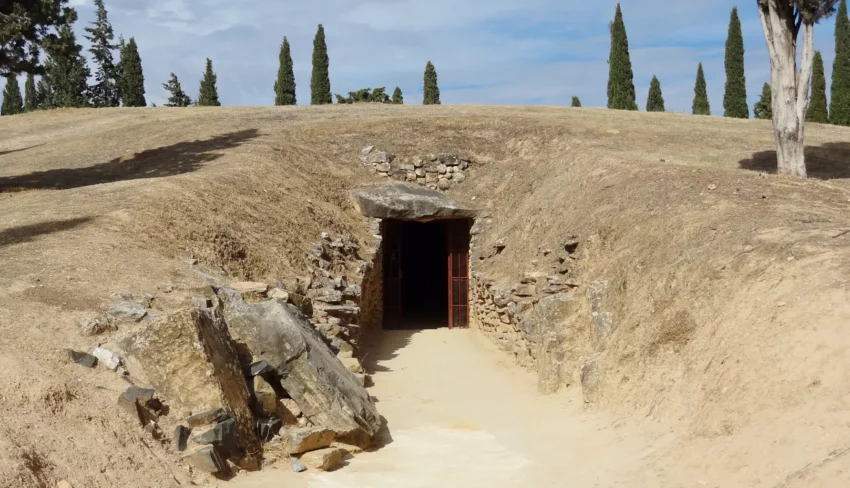Tholos de El Romeral: A Link to the Early Bronze Age
Situated just 2.5 kilometers northeast of Antequera, Andalusia, Tholos de El Romeral stands as a testament to early Bronze Age architecture in southern Europe. Also known as Cueva de Romeral and Dolmen de Romeral, this megalithic burial site, built around 1800 BCE, is one of the region’s three significant tombs, alongside Dolmen de Menga and Dolmen de Viera.
Get your dose of History via Email
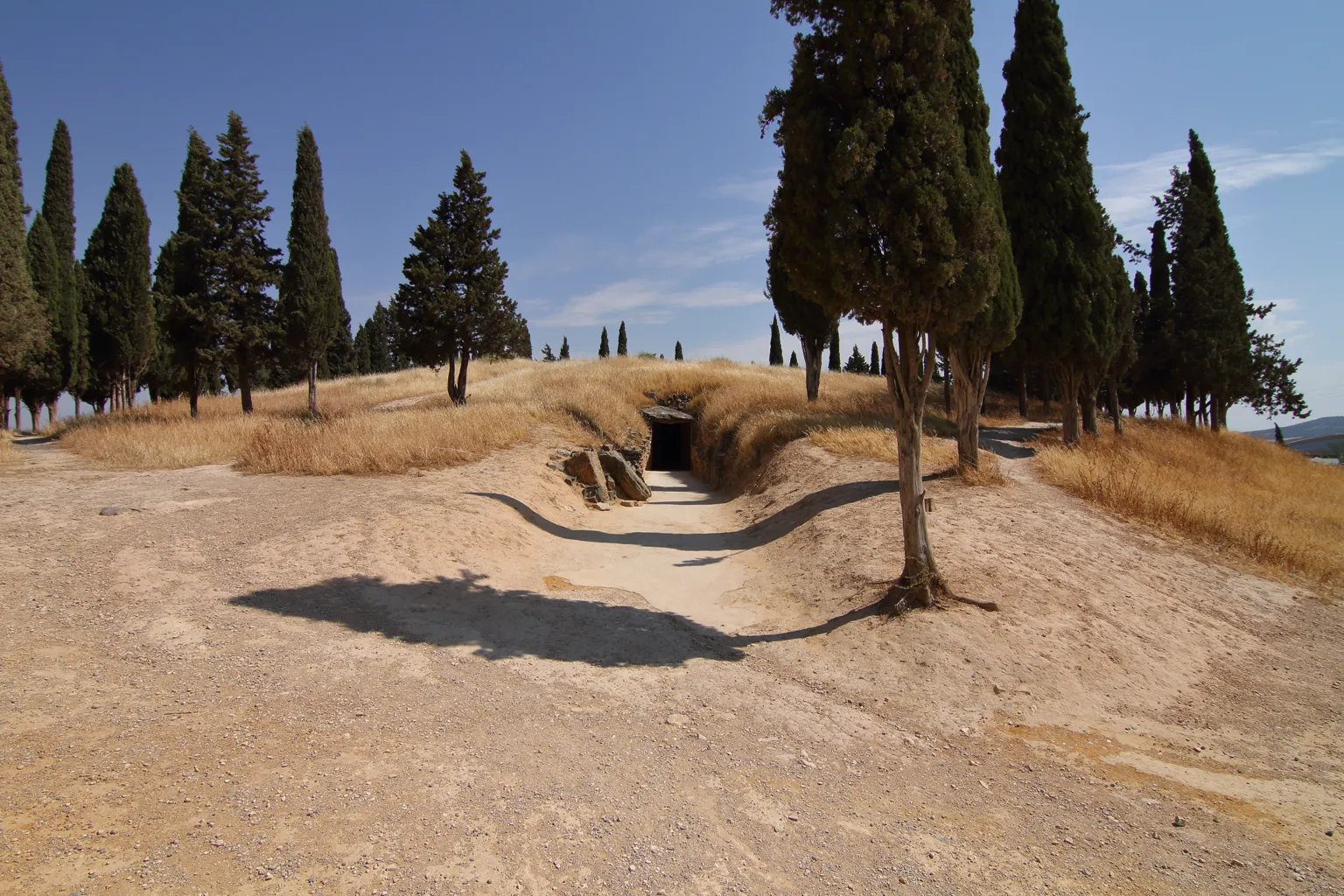
A UNESCO World Heritage Site: Recognition of Shared Significance
In 2016, UNESCO recognized the cultural significance of the dolmens of Menga, Viera, and El Romeral by inscribing them as the “Antequera Dolmens Site.” This recognition underscores the historical importance of these megalithic structures, highlighting the shared story they tell about the region’s past.
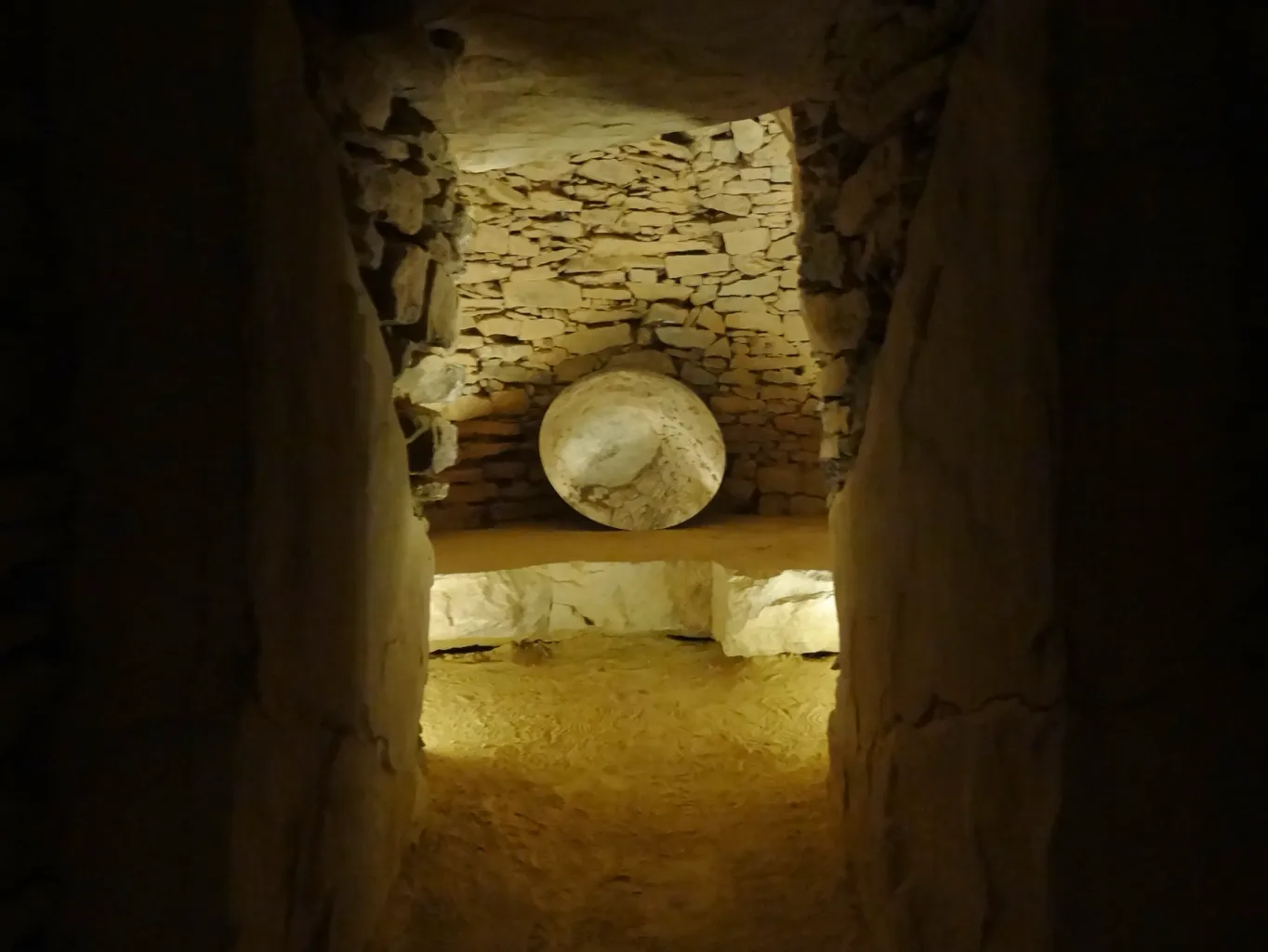
Distinctive Chronology: A Tomb Apart
Initially, experts believed that the three Antequera tombs were from the same period. However, further research revealed significant time gaps. While Dolmen de Menga and Dolmen de Viera date back to around 3800 BC, Tholos de El Romeral was constructed much later, around 1800 BCE. This distinction makes El Romeral a tomb apart, linked to the Los Millares culture, centered over 200 kilometers east of Antequera. The differences in stone materials and chamber floor plans further support this theory.
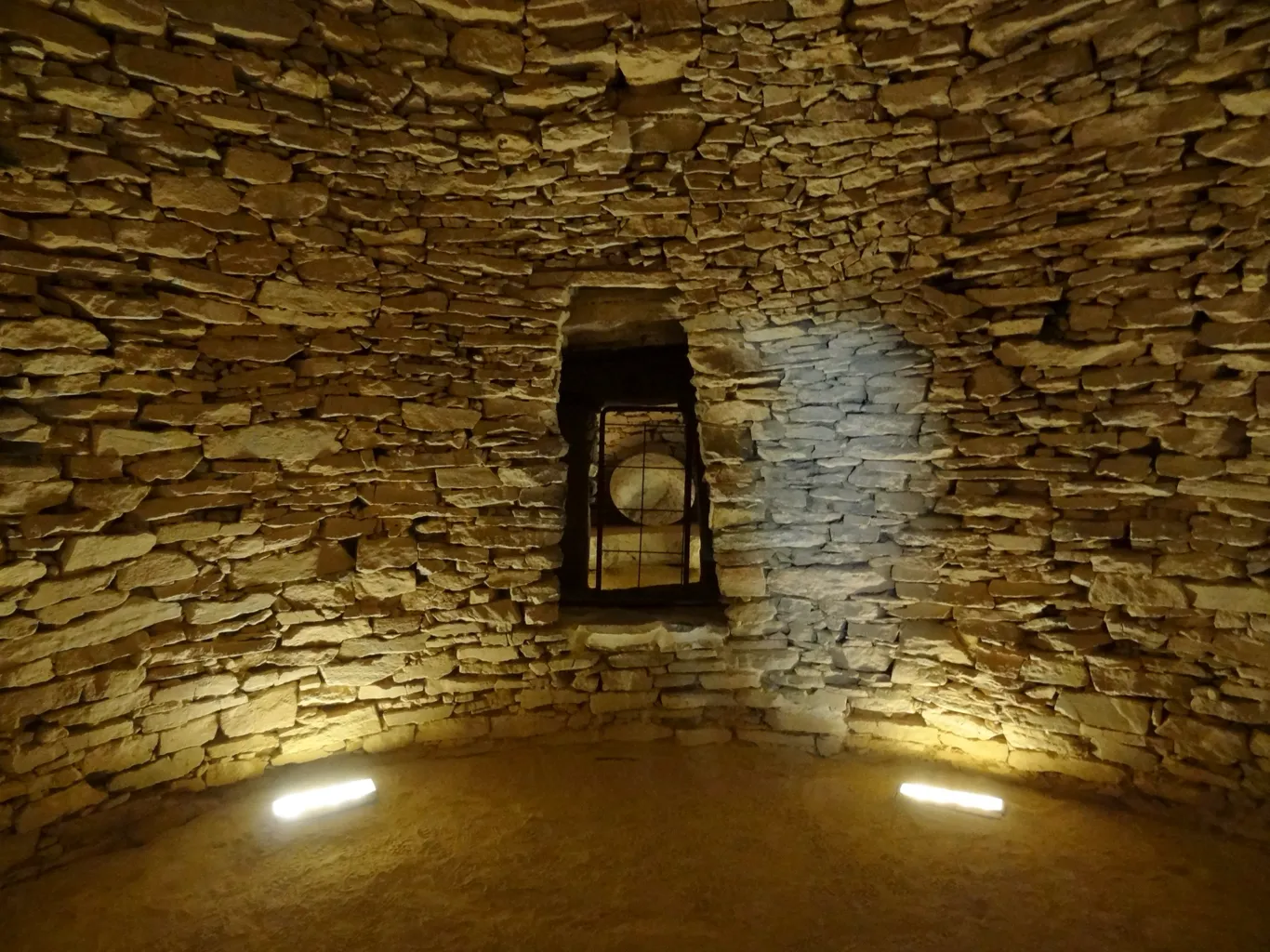
Unique Architectural Features: A Corbelled Masterpiece
Tholos de El Romeral features a chambered tomb covered by a large mound. The structure includes a long corridor with drystone walls made of small stones and megalithic slabs forming the ceiling. This corridor leads to two consecutive round, beehive-like chambers.
The larger chamber, approximately 4.20 meters in diameter, has corbelled walls – a technique where stones are angled inwards, layer upon layer, until they meet at the top. This method culminates in a megalithic capstone, forming the ceiling. The floor of this chamber and the corridor is made of packed earth. A rectangular corridor links the larger chamber to a smaller, 2-meter diameter chamber. This smaller chamber contains a stone slab bier for placing the deceased and a floor covered with stone slabs. Bones and grave goods discovered within confirm its use as a burial site.
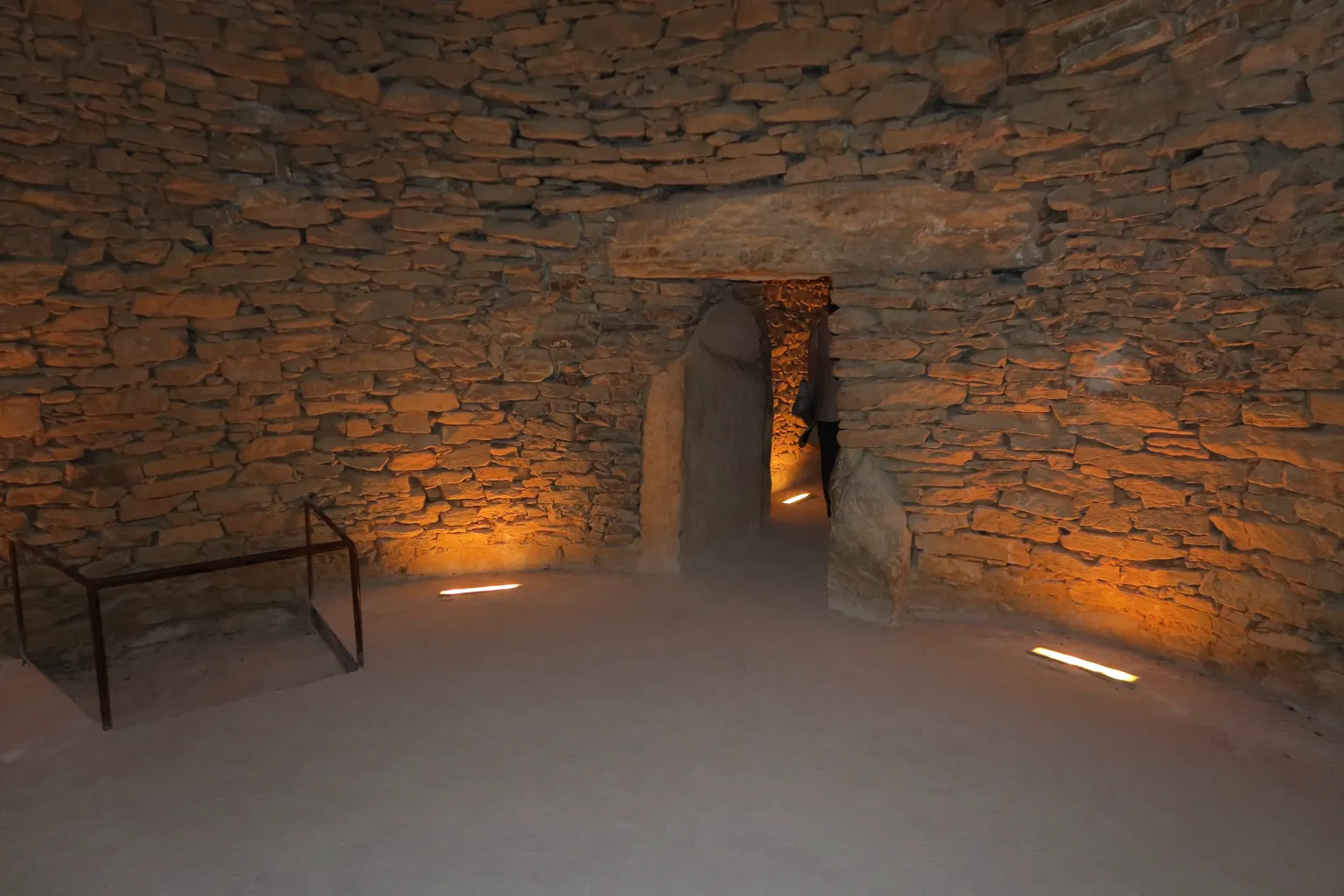
Historical Discoveries and Restorations: Unveiling the Past
The Tholos de El Romeral, initially known as the Sepulcro del Cerrillo Blanco (Tomb of the White Hillock), was discovered in August 1904 by brothers José and Antonio Viera Fuentes. Architect Ricardo Velázquez Bosco later named it El Romeral, referencing the estate where it was found.
The first documented restoration occurred in 1941. Architect Francisco Prieto-Moreno y Pardo undertook a series of works, including cleaning the corridor, replacing roof slabs, repairing holes, and installing electric lighting. The most recent restoration in 2002, led by architect Ciro de la Torre Fragoso, focused on conserving roof slabs with stainless steel rods, removing graffiti, creating a new tomb pavement, and installing a modern lighting system.
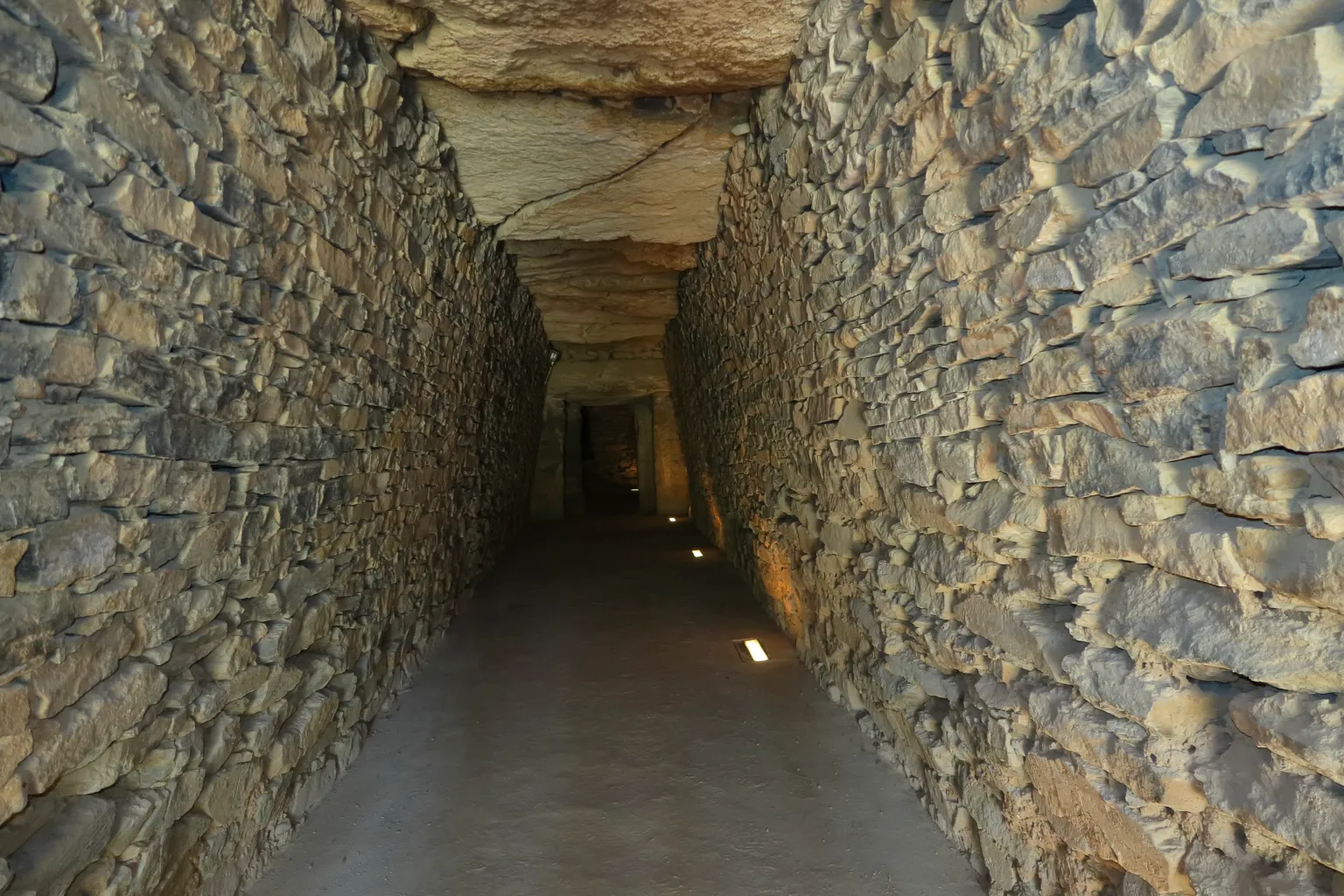
Cultural and Astronomical Significance: An Enigmatic Orientation
Tholos de El Romeral’s exceptional value lies in its unique orientation towards the El Torcal mountain range. This alignment, detected by archaeoastronomer Michael Hoskin, distinguishes it from over two thousand other Mediterranean dolmens. In his work “Tombs, Temples, and Their Orientations: A New Perspective on the Prehistory of the Mediterranean” (2001), Hoskin documented this anomaly, sparking further investigation into the possible astronomical or symbolic meaning behind this positioning.
Protection and Recognition: Safeguarding a Legacy
The Tholos de El Romeral received protection as a Historic-Artistic Monument in 1931. In 2009, the Antequera dolmens were declared an Archaeological Zone. The 2016 UNESCO World Heritage designation further affirmed the site’s global cultural significance.
Tholos de El Romeral, with its unique architectural features and rich historical context, remains a vital link to the ancient past. Its designation as a UNESCO World Heritage Site ensures its preservation and recognition for future generations.
Sources:


